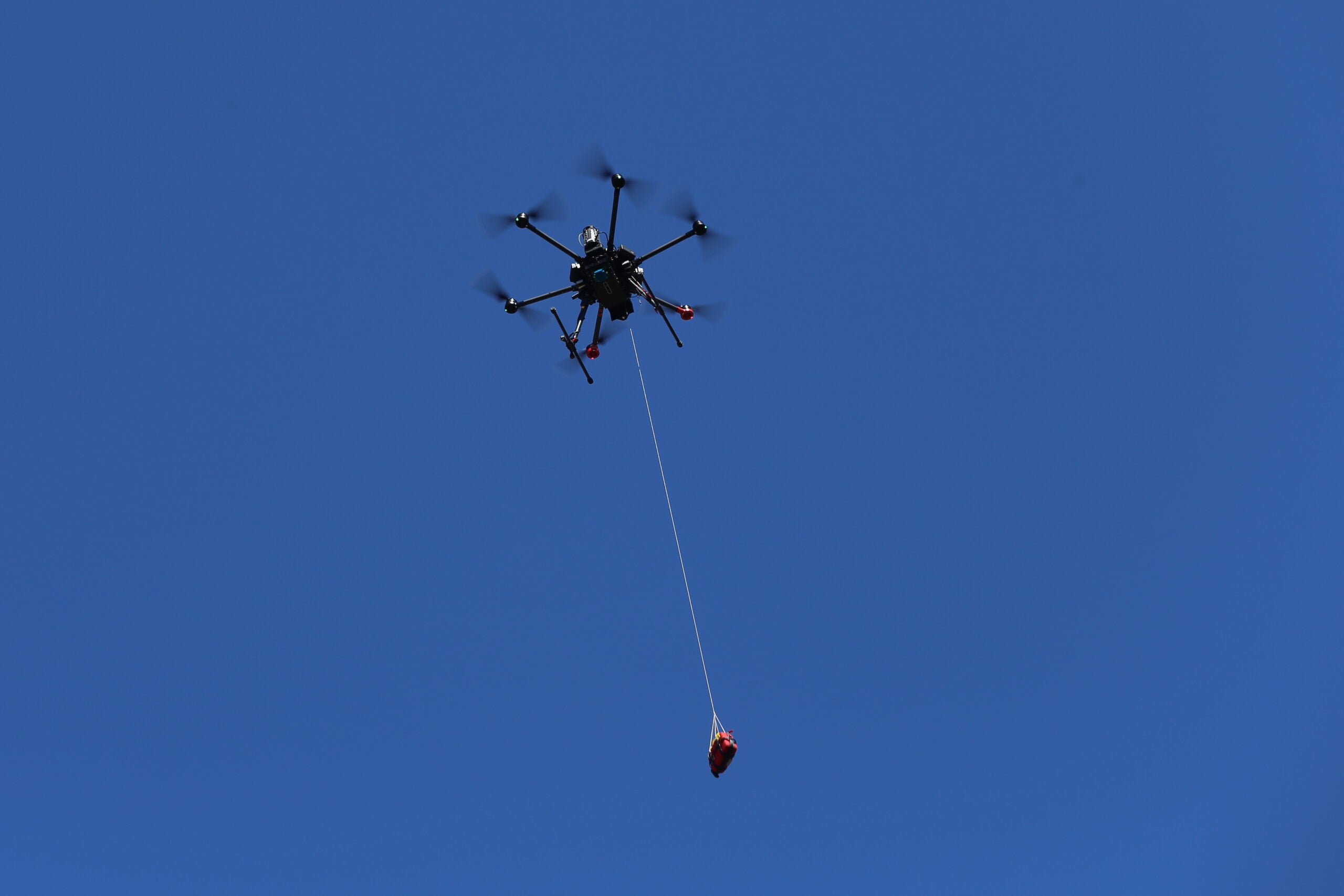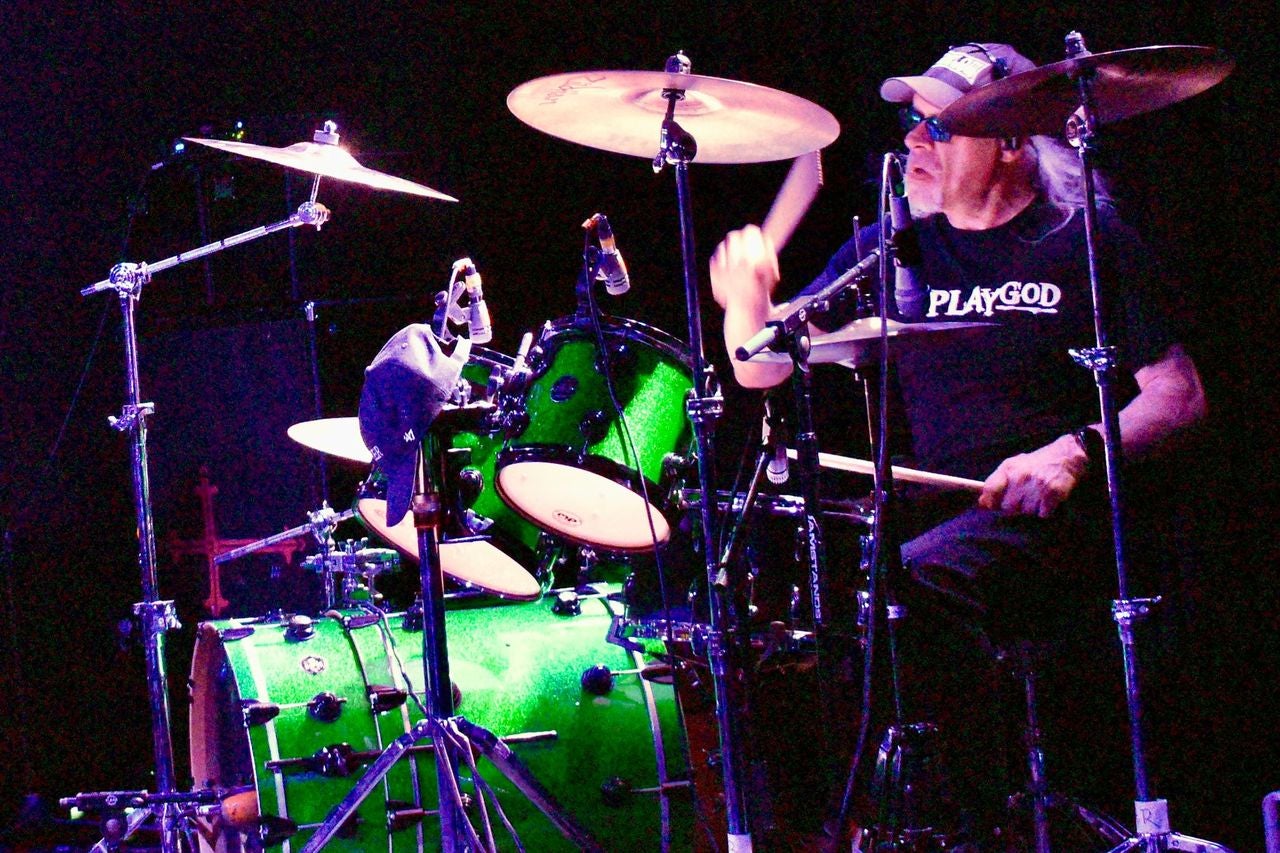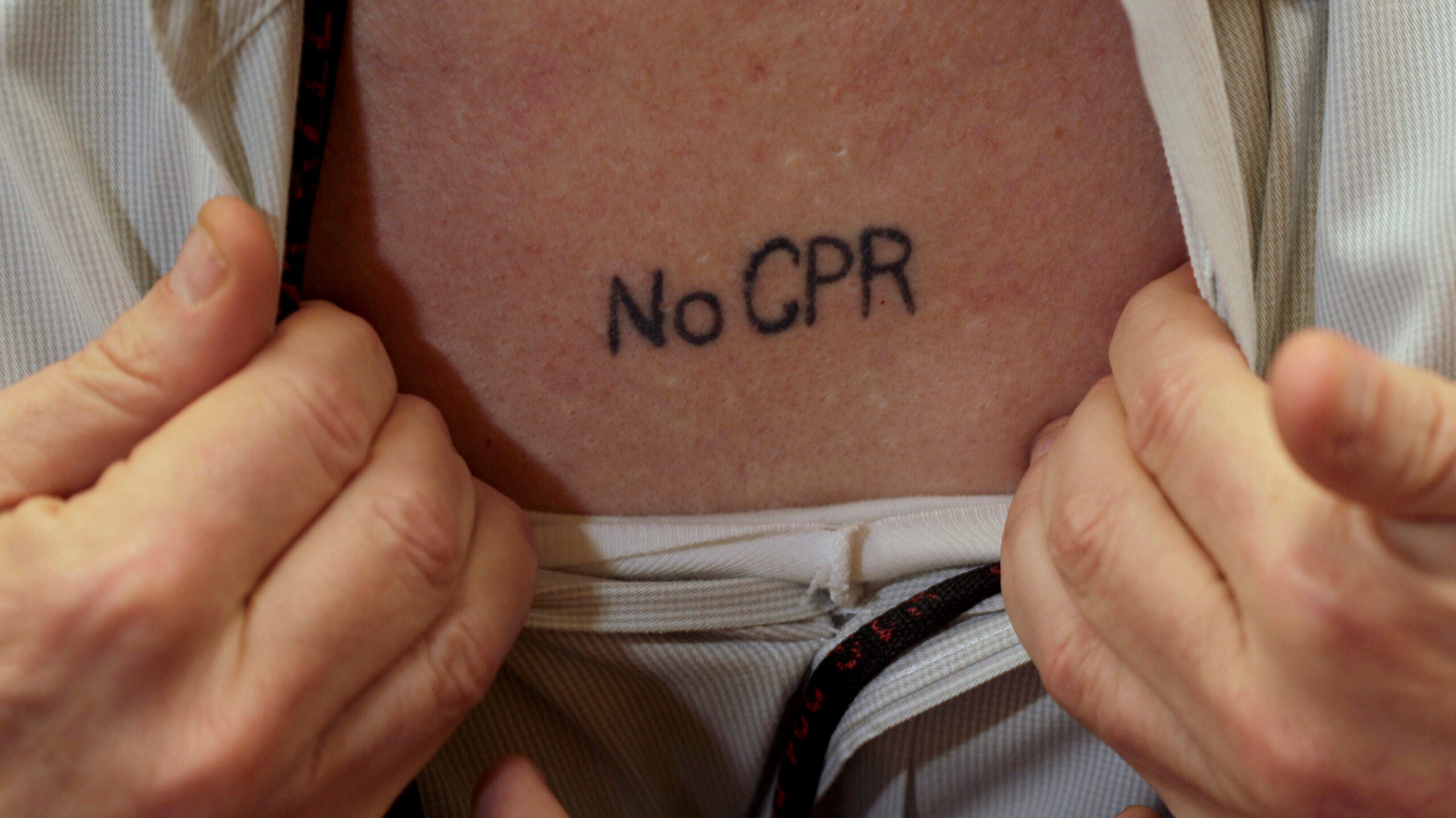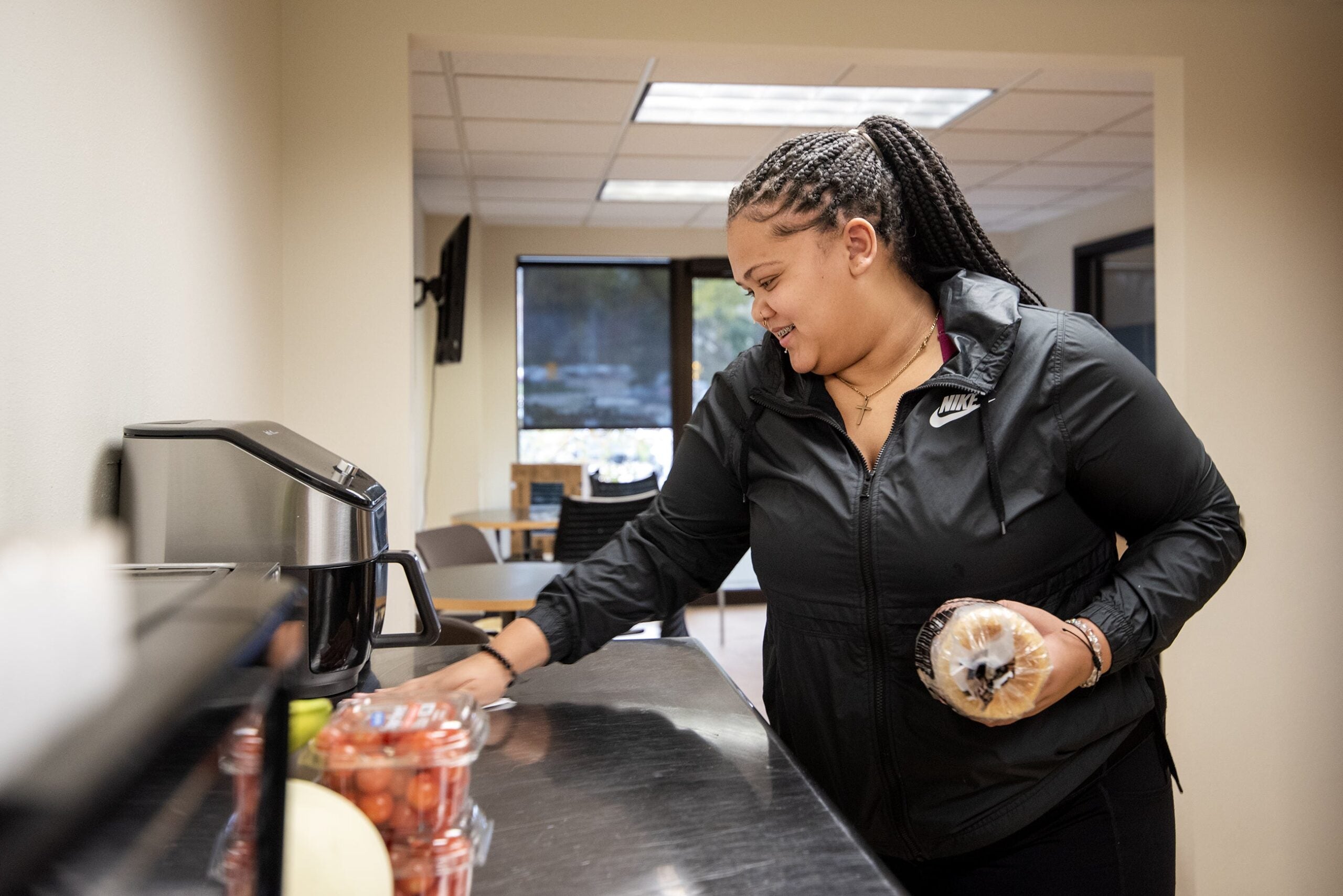When a heart stops, survival rates fall with every passing minute. A University of Wisconsin-Madison researcher thinks minutes and lives can be saved in rural areas with fleets of autonomous drones equipped with defibrillators.
And saving lives is in UW-Madison assistant professor and researcher Justin Boutilier’s blood. When he was growing up in Canada, his mother was a nurse and his father was a paramedic and firefighter.
Boutilier said as a child, he tagged along while his dad gave presentations on how to use Automatic External Defibrillators or AEDS.
News with a little more humanity
WPR’s “Wisconsin Today” newsletter keeps you connected to the state you love without feeling overwhelmed. No paywall. No agenda. No corporate filter.
“I was 10, and we would do demonstrations at office buildings where they would be like, ‘Look, if a 10-year-old can learn how to do this, so can you,’” Boutilier recalled.
Two decades later, Boutilier is rethinking how AEDs can be delivered, using autonomous drones, to save people suffering cardiac arrest. To do this, he looked at 10 years of data on cardiac arrests and paramedic response times in a 10,000 square mile area around Toronto.
Boutilier identified hotspots where incidences of cardiac arrests were higher, due to the age of the population, and where emergency medical response times were slower.
“So to us, the immediate next step with this idea was, OK, what’s the potential here?” Boutilier said. “Like, how many drones do I need? Where would I need to put them? And what could I expect from such a network?”
According to a previous study coauthored by Boutilier, survival rates for those suffering cardiac arrest drop by as much as 10 percent for each minute without treatment.
Boutilier’s latest research on the potential for drone-delivered defibrillators estimates that survival rates could increase by between 42 percent and 76 percent using a network of drones carrying AEDs.
It may sound like science fiction, but a life has already been saved by a drone-delivered AED. In January a 71-year-old man in Sweden suffered a cardiac arrest after shoveling snow. A passing doctor called in the emergency and the AED was delivered within three minutes.
“So, it was ideal,” Boutilier said. “But it worked, which gives people, I think, some confidence that this can be done.”
Wisconsin Public Radio, © Copyright 2026, Board of Regents of the University of Wisconsin System and Wisconsin Educational Communications Board.



